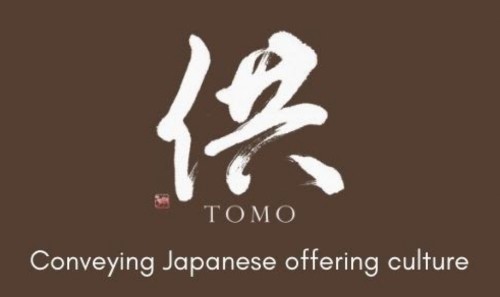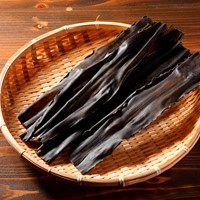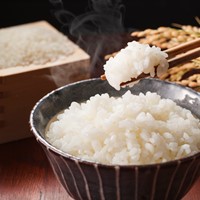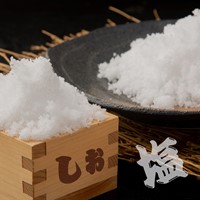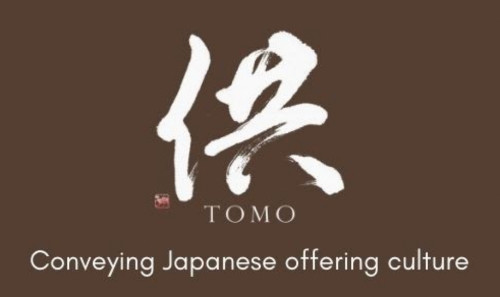Cinnamon in Japan: A Flavorful Journey of Health and Taste

This page contains affiliate links.
This article is contributed by 供TOMO.
Cinnamon in Japan has emerged as a delightful addition to the country's culinary and cultural landscape. This spice has rich and comforting notes, adding depth and complexity to various dishes and beverages. Although cinnamon is traditionally associated with countries like Sri Lanka and India, its introduction to Japan has opened up a new world of flavors and health benefits.
From its ancient roots to its modern applications, cinnamon has found a special place in Japanese traditional medicine. In this article, we will explore the remarkable health benefits of cinnamon, the intriguing journey of this spice in Japan, and how it is used on a daily basis.
Health Benefits of Cinnamon

Cinnamon is a flavorful spice with a multitude of health benefits
Cinnamon is derived from the stems of cinnamon trees through a cutting process. This spice has a delightful and distinctive taste that is both warm and aromatic.
Cinnamon is renowned for its numerous health benefits, making it a valuable addition to any diet. This aromatic spice is packed with antioxidants, which help combat inflammation and oxidative stress in the body. Additionally, cinnamon has been linked to improved blood sugar control, making it particularly beneficial for individuals with diabetes or insulin resistance. Its antimicrobial properties may also support oral health and contribute to a stronger immune system.
Historical Introduction of Cinnamon in Japan
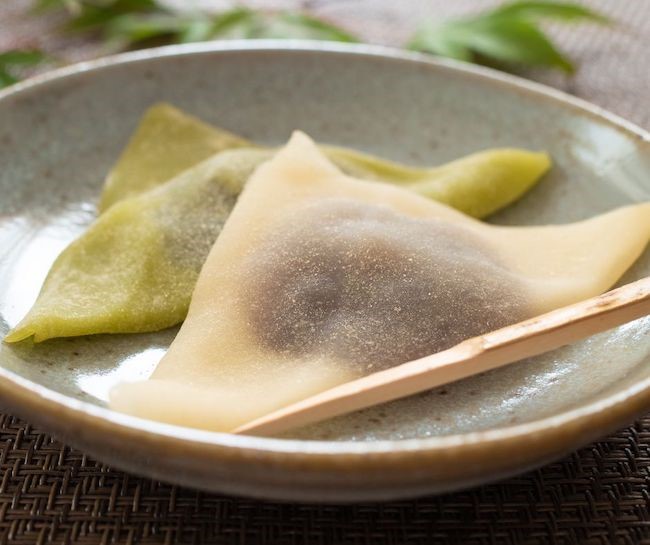
Yatsuhashi, a Japanese confection from Kyoto made with cinnamon
In Japanese, cinnamon is pronounced “shinamon” or “keihi” (桂皮) in kanji and it is often classified in the seasoning category.
The spice found its way to Japan through ancient trade routes, primarily during the Asuka period (550-710). The popularity of cinnamon and its name “keihi” grew during the Nara period (710-794) when it was considered an exotic spice. Cinnamon was used as a natural remedy by the Japanese upper-class. Initially used in traditional medicine and specific ceremonies, cinnamon gradually found its place in Japanese cuisine. Yatsuhashi, a Japanese confection from Kyoto made from glutinous rice flour, sugar, and cinnamon, is an example.
Nowadays, you can find cinnamon in Japan in supermarkets and online. You will often find it in tiny bottles, but some specialized shops sell cinnamon sticks. Besides the famous cinnamon roll, Japanese style bakeries and western bakeries in Japan can also use cinnamon in sweet pastries.
As an interesting anecdote, it is worth mentioning that one of the most beloved fictional characters in Japan draws inspiration from cinnamon rolls, and its merchandise can be found nearly everywhere in the country.
Cinnamon's Use in Japan and How It Is Consumed
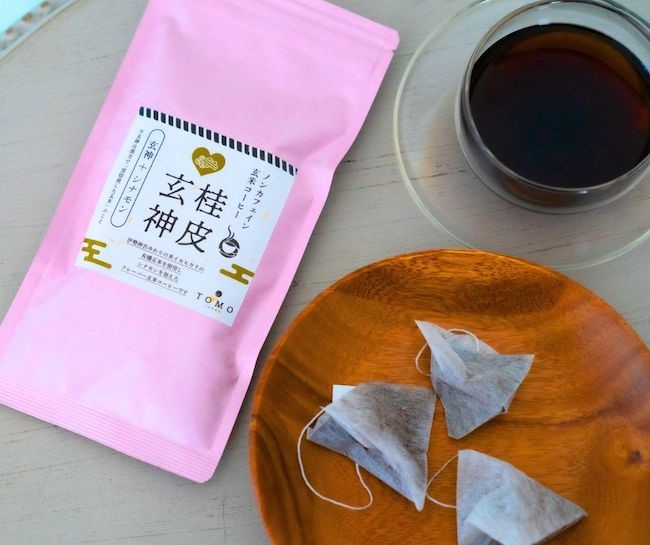
Japanese Cinnamon Brown Rice Coffee
In Japan, cinnamon is incorporated into various dishes, beverages, and confections. One notable example is Japanese brown rice coffee, an infusion of roasted brown rice and cinnamon. This exquisite combination offers a harmonious balance of flavors and an invigorating experience for the senses. Unlike traditional coffee, this blend is caffeine-free, making it a perfect choice for those seeking a warm and comforting beverage without the jitters.
Japanese cinnamon brown rice coffee, such as Cinnamon Genshin, offers a unique twist to the coffee alternative experience. This blend not only satisfies coffee cravings but also introduces the captivating aroma and warmth of cinnamon. With its enticing taste and health benefits, Japanese cinnamon brown rice coffee invites you to embark on a flavorful journey that tantalizes the taste buds and soothes the soul.
Cinnamon is also said to have warming properties in Japan. In traditional medicine, warming up your body (also called “on-katsu” in Japanese) is said to boost your immune system and consequently prevent bad health conditions like colds. Some people even say that warming up your body regularly could help with hair growth.
Conclusion
It is said that Cinnamon was introduced in Japan through traditional medicine between the 6th and 8th century. Its remarkable health benefits, including antioxidant properties and blood sugar regulation, further elevate its status as a valuable addition to any diet. The spice influenced the name of one of Japan’s most famous fictional characters. Cinnamon can also be found in Japanese wagashi and drinks. Blended with brown rice coffee, cinnamon is a powerful health ally that offers a unique and caffeine-free alternative to traditional coffee.
Where to Find Japanese Cinnamon Brown Rice Coffee
You can buy Japanese cinnamon brown rice coffee:
- on TOMO Brown Rice Coffee Shop Online (for special inquiries: tomo@jat.asia)
- on Amazon Japan
